The devastating California drought is in its 5th year - here's what its reservoirs look like now compared to a decade ago
Lake San Antonio: Before (Sept. 2001)

Lake San Antonio: After (Sept. 2016)
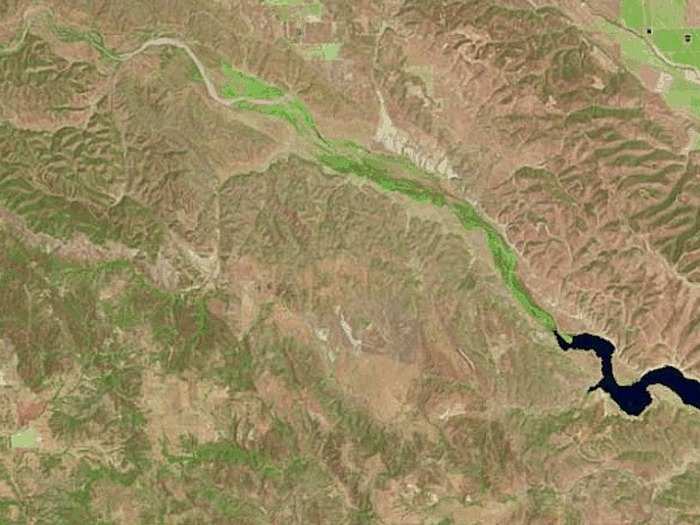
Together with Lake Nacimiento, Lake San Antonio is key to recharging the aquifers that provide water to Southern Monterey County. In January of this year, Lake San Antonio sat at just 3% of capacity, according to the Monterey Herald. Engineers call reservoirs that are this decimated "dead pools" because gravity can't draw any water from them at such low quantities.
Sources: Lakepedia; Monterey County Water Resources Agency Dam and Reservoir Daily Data 2016; Monterey County Water Resources Agency San Antonio Storage Chart 2014; Monterey Herald 2016
Lake Cachuma: Before
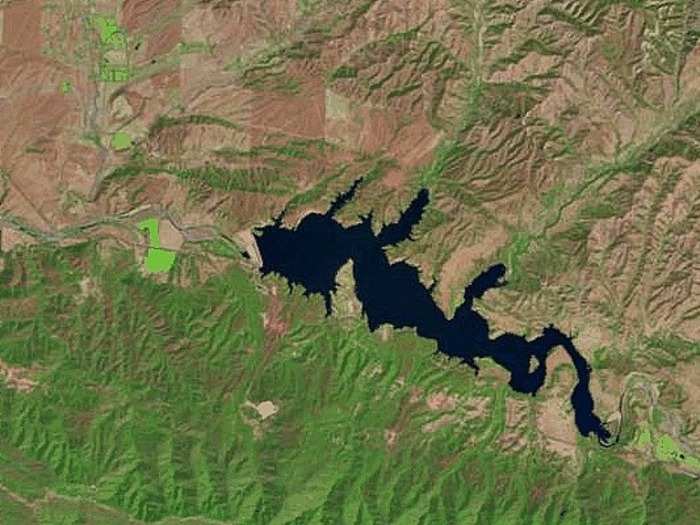
Lake Cachuma: After
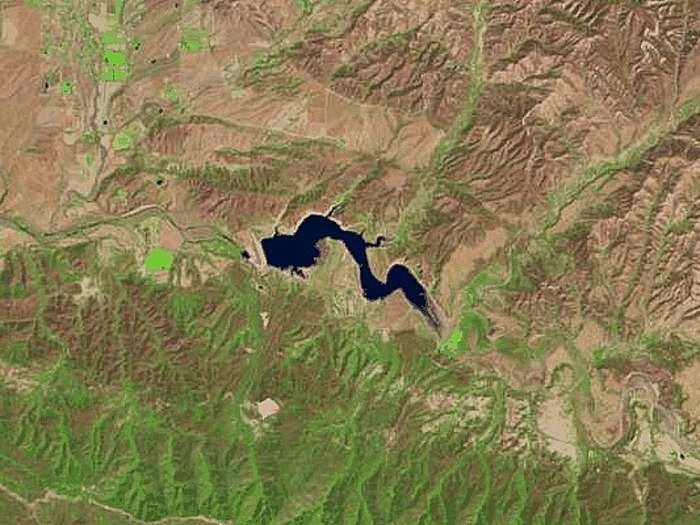
In May of this year, Lake Cachuma, which serves the five water districts of Santa Barbara, Goleta, Carpinteria, Montecito, and Santa Ynez, was at 28,000 acre feet, just 14% of its total capacity. "Farther points out are just so dry," Carpinteria resident Pat Saragosa told local news station KSBY 6. "It's just really sad to see it all dry where it used to be a lot of water."
Sources: Lakepedia; Santa Barbara County Flood Control District Rainfall and Reservoir Summary 2016; KSBY.com
San Luis Reservoir: Before
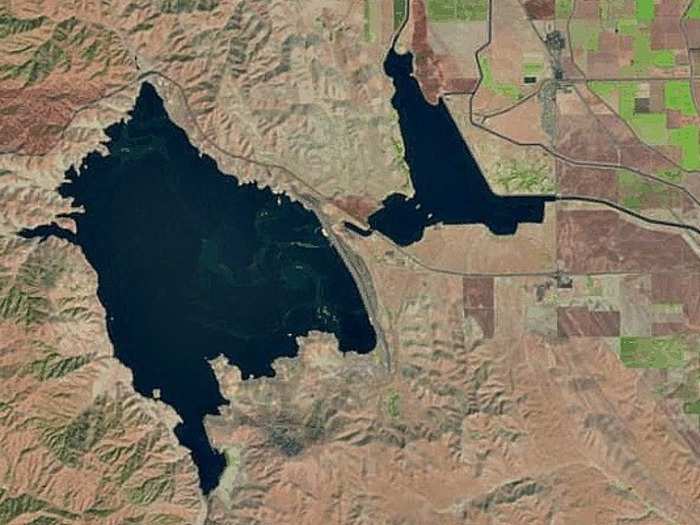
San Luis Reservoir: After
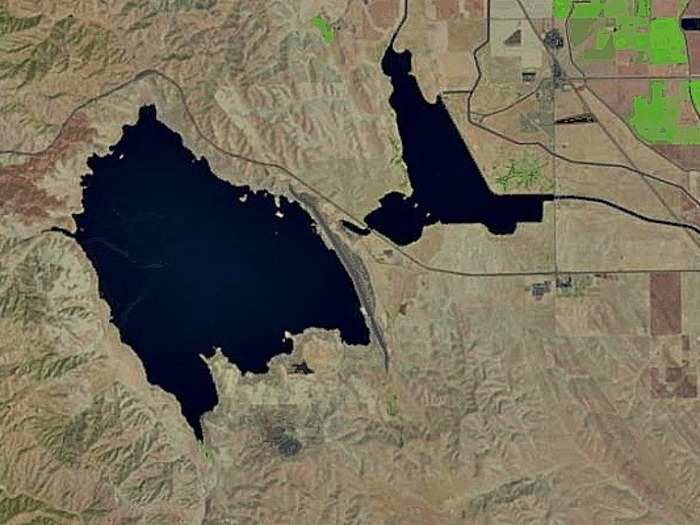
The San Luis Reservoir is located near Los Banos in the San Joaquin Valley. In August, San Luis was at its lowest level in a quarter century, according to local news station ABC 30. "It's a major concern ... for every water user, whether you are a farmer or a city manager or resident of a community," Johnny Amaral of the Westlands Water District told ABC 30 this summer.
Sources: Lakepedia, CA Dept. of Water Resources Data Exchange Center San Luis Reservoir Report 2016; ABC30.com 2016;
New Melones Lake: Before
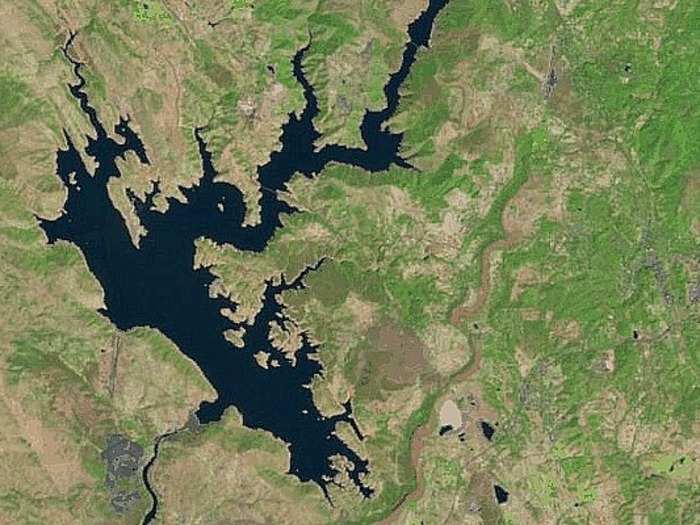
New Melones Lake: After
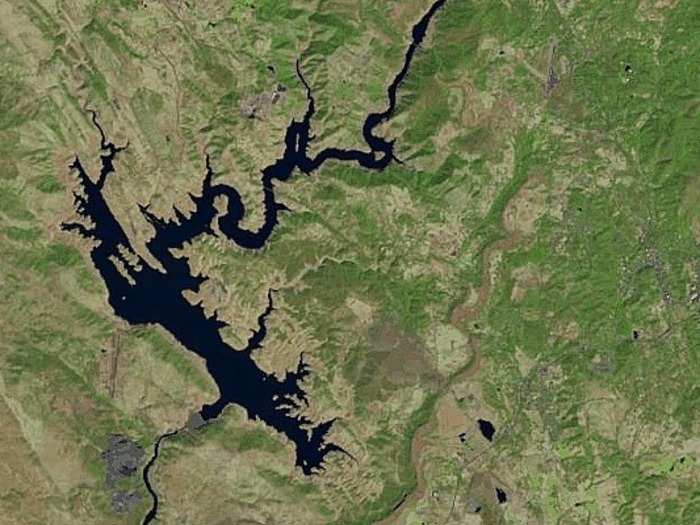
Snaking through the central Sierra Nevada foothills, the New Melones Lake provides water for irrigation, hydroelectric power, and wildlife habitat. And supplies are not looking good. The reservoir currently measures in at 25% of its total capacity, a figure that's just 38% of its typical quantity for this season according to data from the California Department of Water Resources.
Sources: Lakepedia; CA Dept. of Water Resources Data Exchange Center New Melones Report 2016
Lake Berryessa: Before
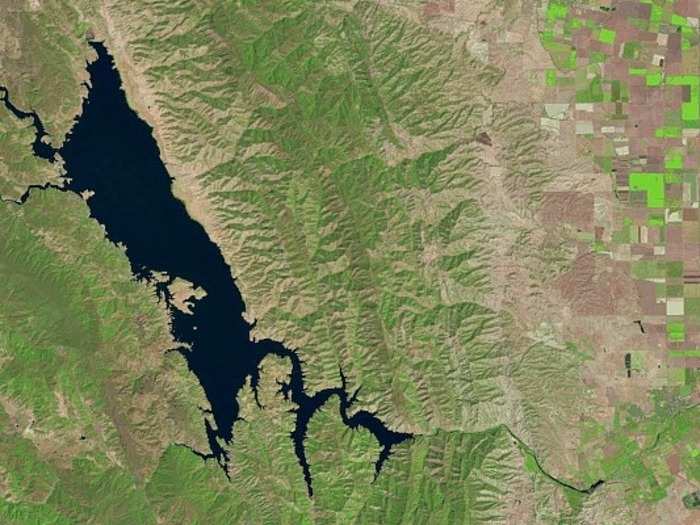
Lake Berryessa: After
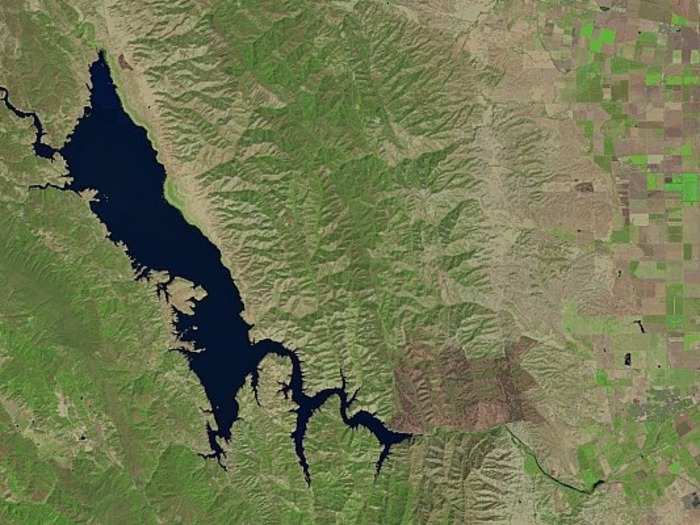
At 1.6 million acre-feet, Lake Berryessa is the largest lake in Napa County. It's currently just above half its capacity. "We’re not where we’d like to be, but we’re in much better shape than some areas of the San Joaquin Valley," Roland Sanford, a general manager for the Solano County Water Agency, told the Napa Valley Register in February.
Sources: Lakepedia; Lake Berryessa News 2016; Napa Valley Register 2016
Trinity Lake: Before
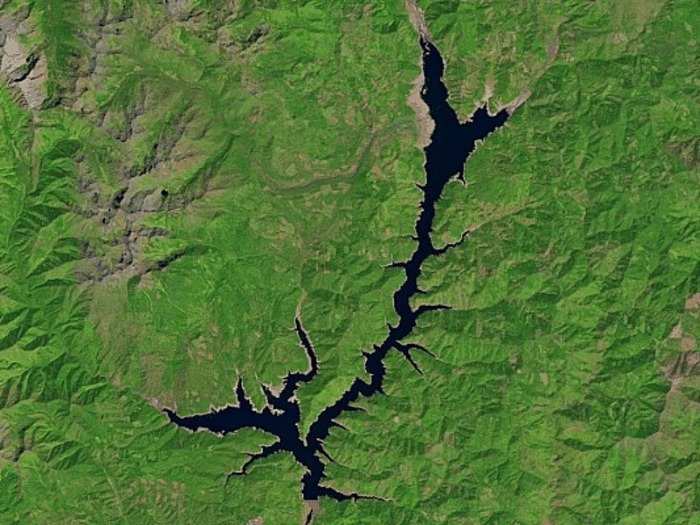
Trinity Lake: After
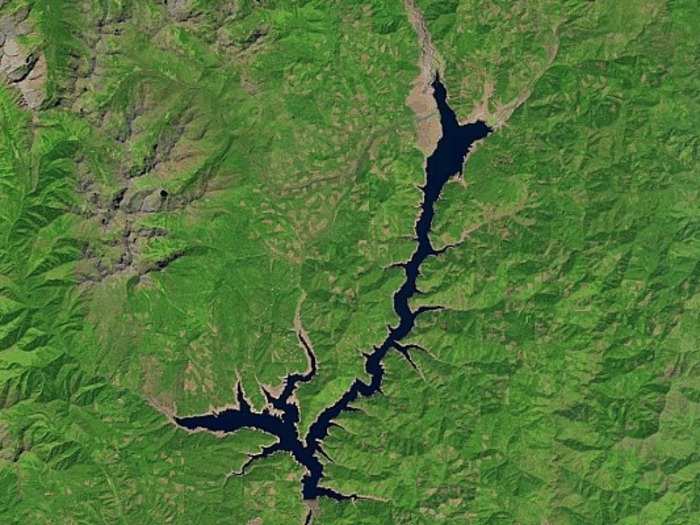
In 1958 in order to divert water from Trinity River to California’s thirsty Central Valley, engineers built Trinity Dam, and Trinity Lake was born. Today, the lake is at 42% of its total capacity, 65% of its historical average for this time period.
Sources: Lakepedia; Trinity River Restoration Program; CA Dept. of Water Resources Data Exchange Center Trinity Lake Report 2016
Lake Casitas: Before
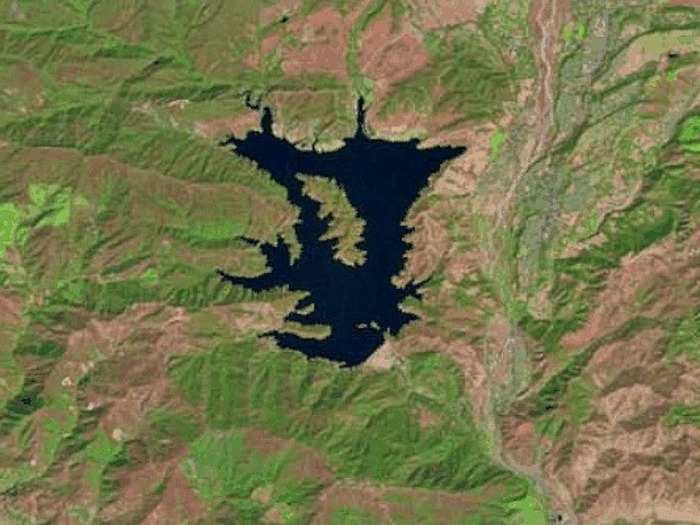
Lake Casitas: After
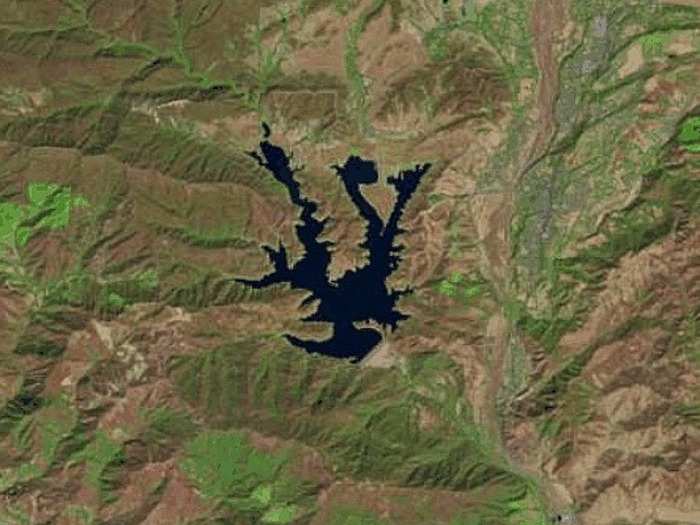
The water levels of Lake Casitas, a human-made lake in the Los Padres National Forest of Ventura County, dipped to historic lows in January of this year. "The lake is about 42% full," Ron Merckling of the Casitas Municipal Water District told local news station KEYT 3 that month. He said that was "the lowest it has been since about 1967." Now, it's just 36% full, according to the Casitas Municipal Water District.
Sources: Lakepedia; Casitas Municipal Water District 2016; KEYT 3 2016
Lake Piru: Before
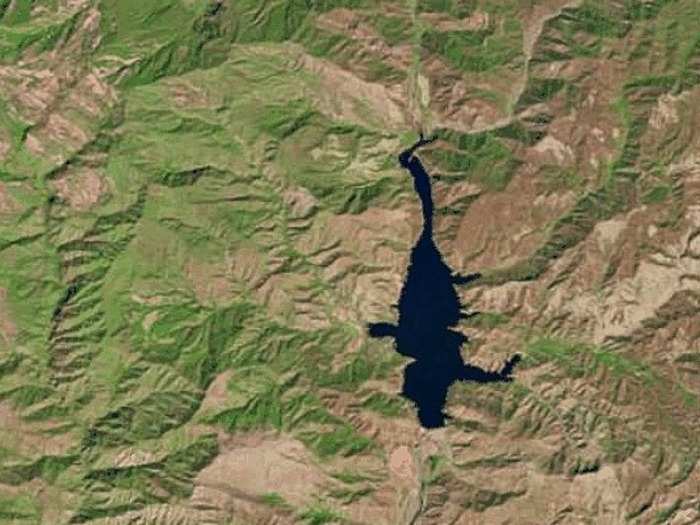
Lake Piru: After
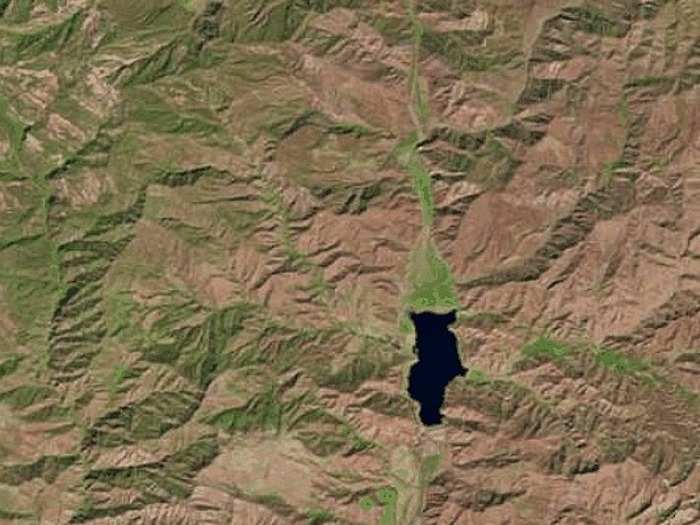
If Lake Piru were a lizard, half its body would be missing. While it looks nearly half-full, the reality is more stark: it's at 25% capacity.
Sources: Lakepedia; California Paddling 2016
Lake Perris: Before
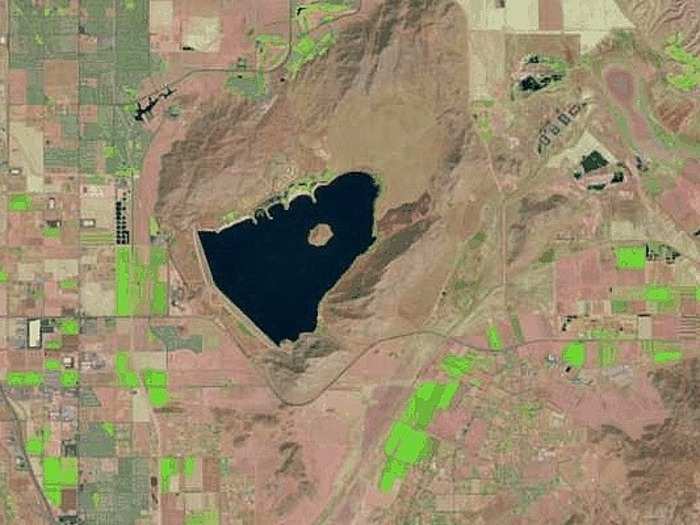
Lake Perris: After
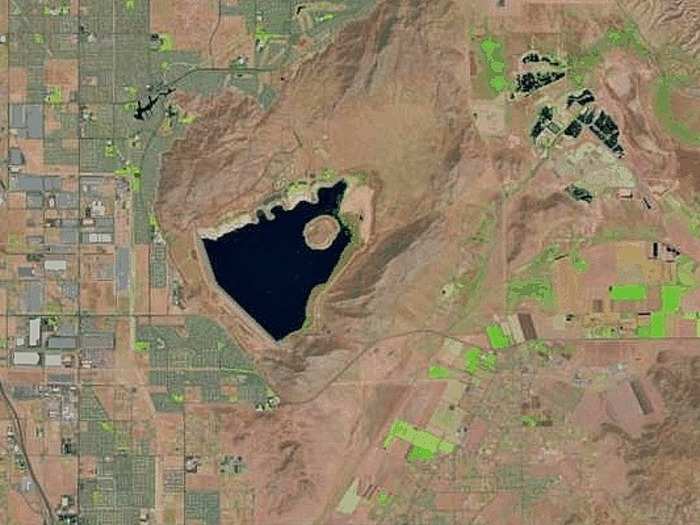
Southern California's Lake Perris is currently at 37% of its total capacity, less than half of its historical average for this time period, according to the California Department of Water Resources. Located in Riverside County, Lake Perris stands 1,560 feet (480 m) above sea level and is surrounded by small hills.
Sources: Lakepedia; CA Dept. of Water Resources Data Exchange Center Lake Perris Report 2016; CA Dept. of Parks and Recreation
Santa Margarita Lake: Before
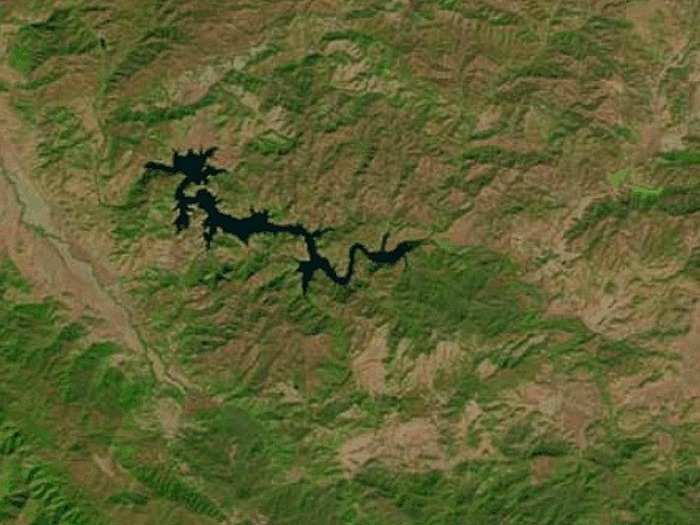
Santa Margarita Lake: After
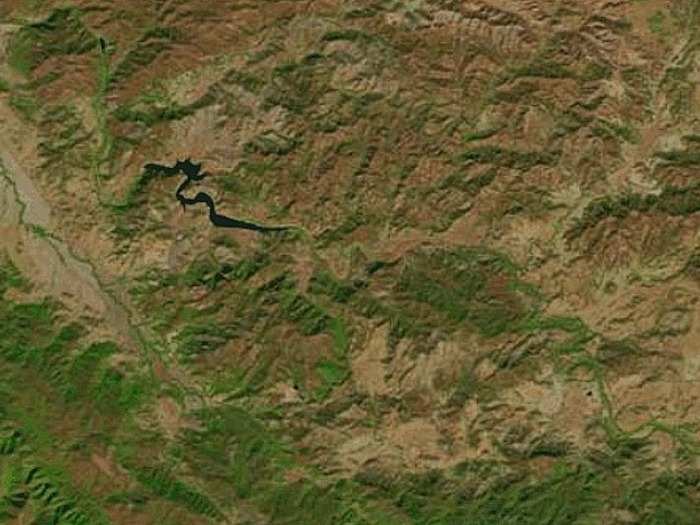
From this satellite image, Santa Margarita seems virtually dried up. And she's almost there: according to San Luis Obispo County Water Resources, the lake is currently at less than 10% capacity. Hopefully, Santa Margarita — along with the rest of California — will get some much-needed rain soon.
Sources: Lakepedia; San Luis Obispo County Water Resources Santa Margarita Report 2016
Popular Right Now
Popular Keywords
- India’s wearables market decline
- Vivo V40 Pro vs OnePlus 12R
- Nothing Phone (2a) Plus vs OnePlus Nord 4
- Upcoming smartphones launching in August
- Nothing Phone (2a) review
- Current Location in Google
- Hide Whatsapp Messages
- Phone is hacked or not
- Whatsapp Deleted Messages
- Download photos from Whatsapp
- Instagram Messages
- How to lock facebook profile
- Android 14
- Unfollowed on Instagram
Advertisement